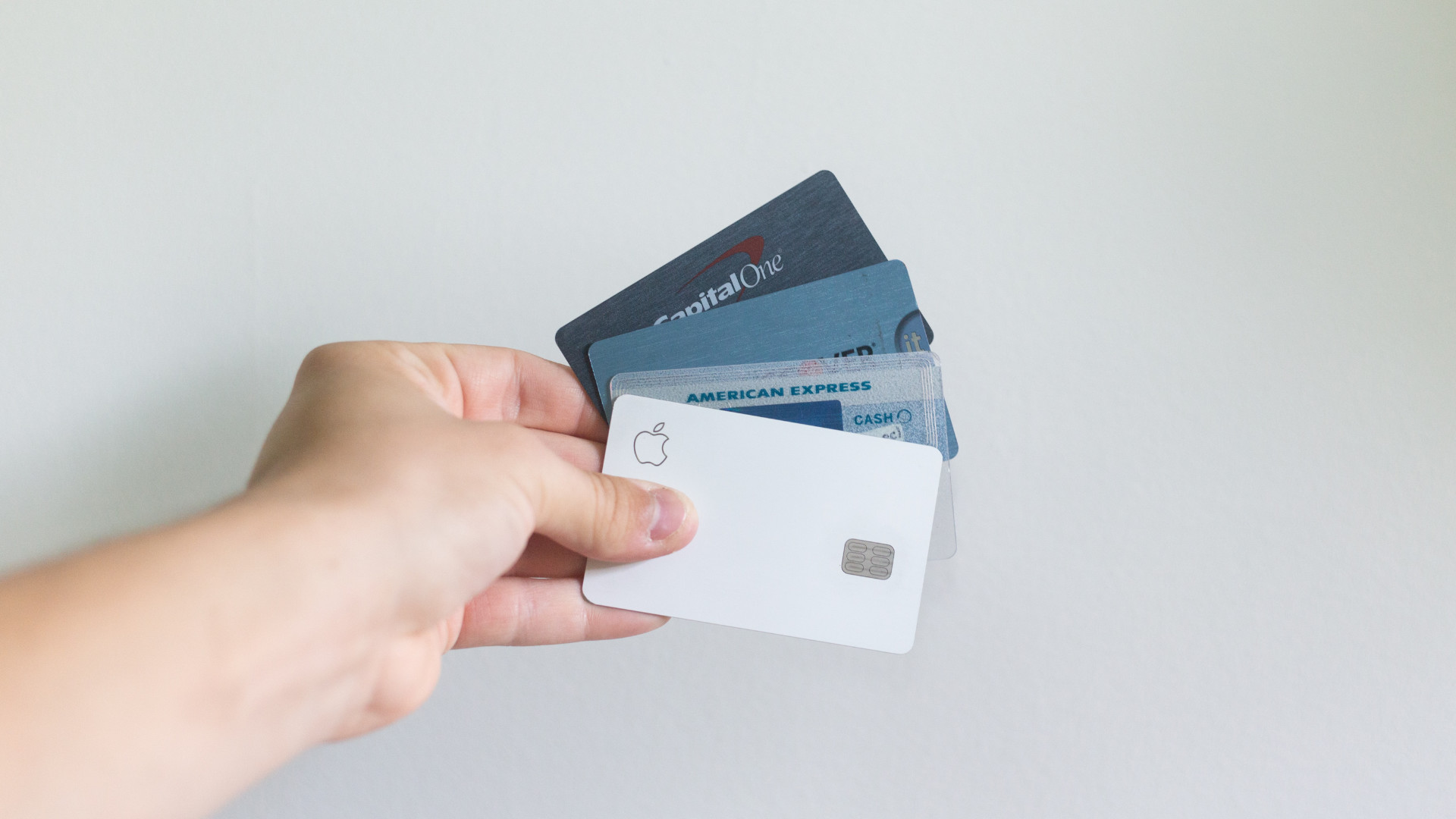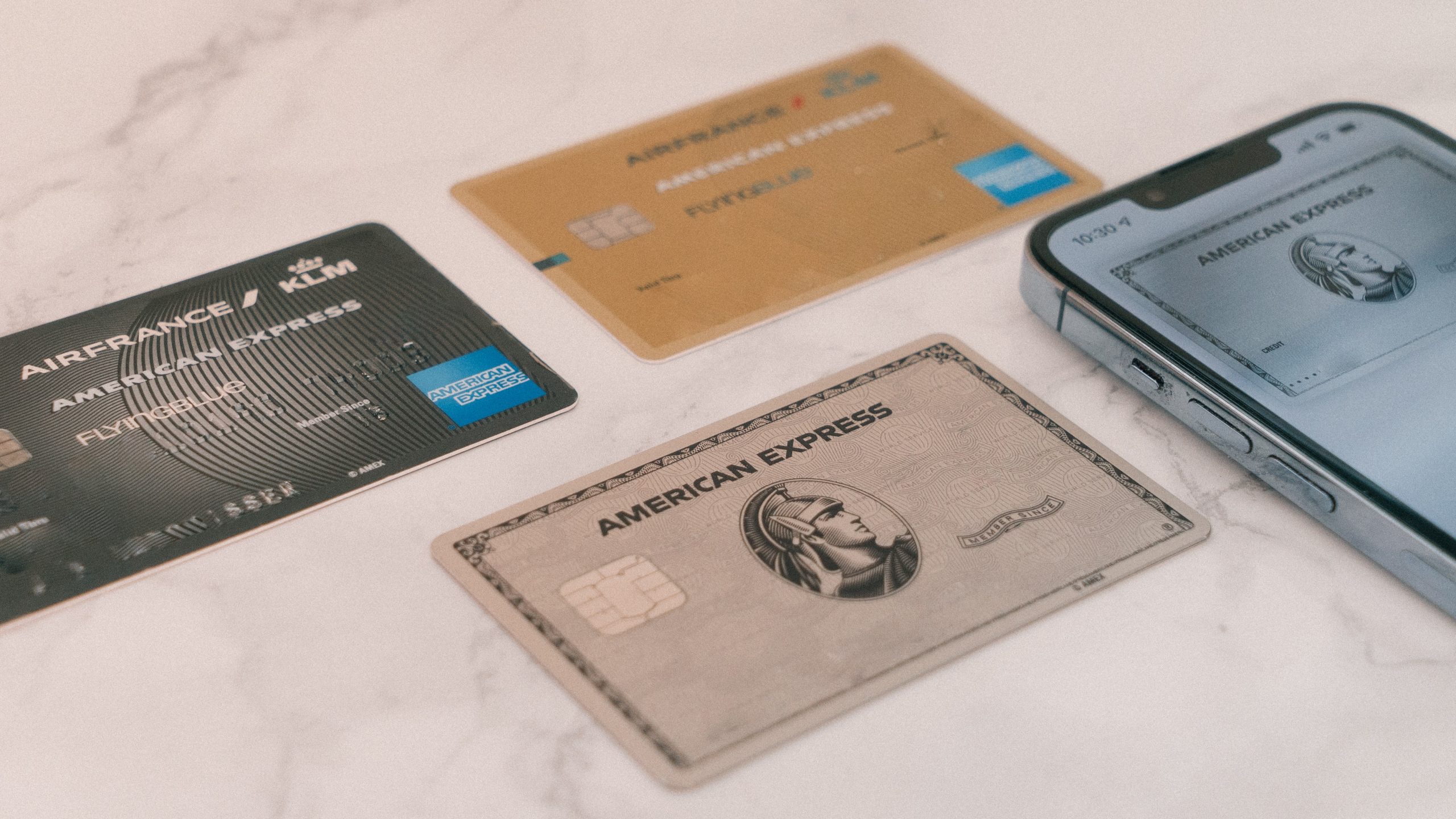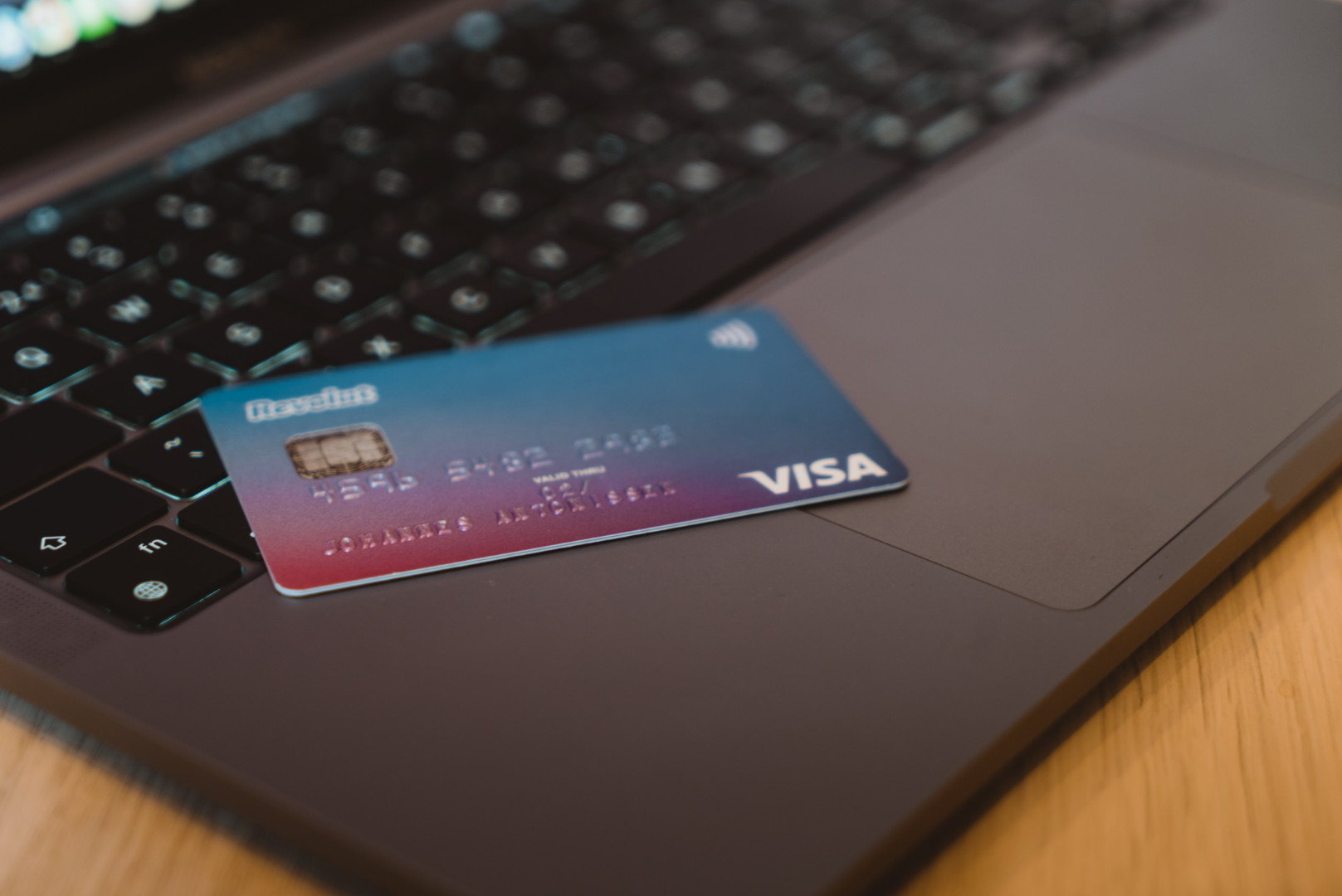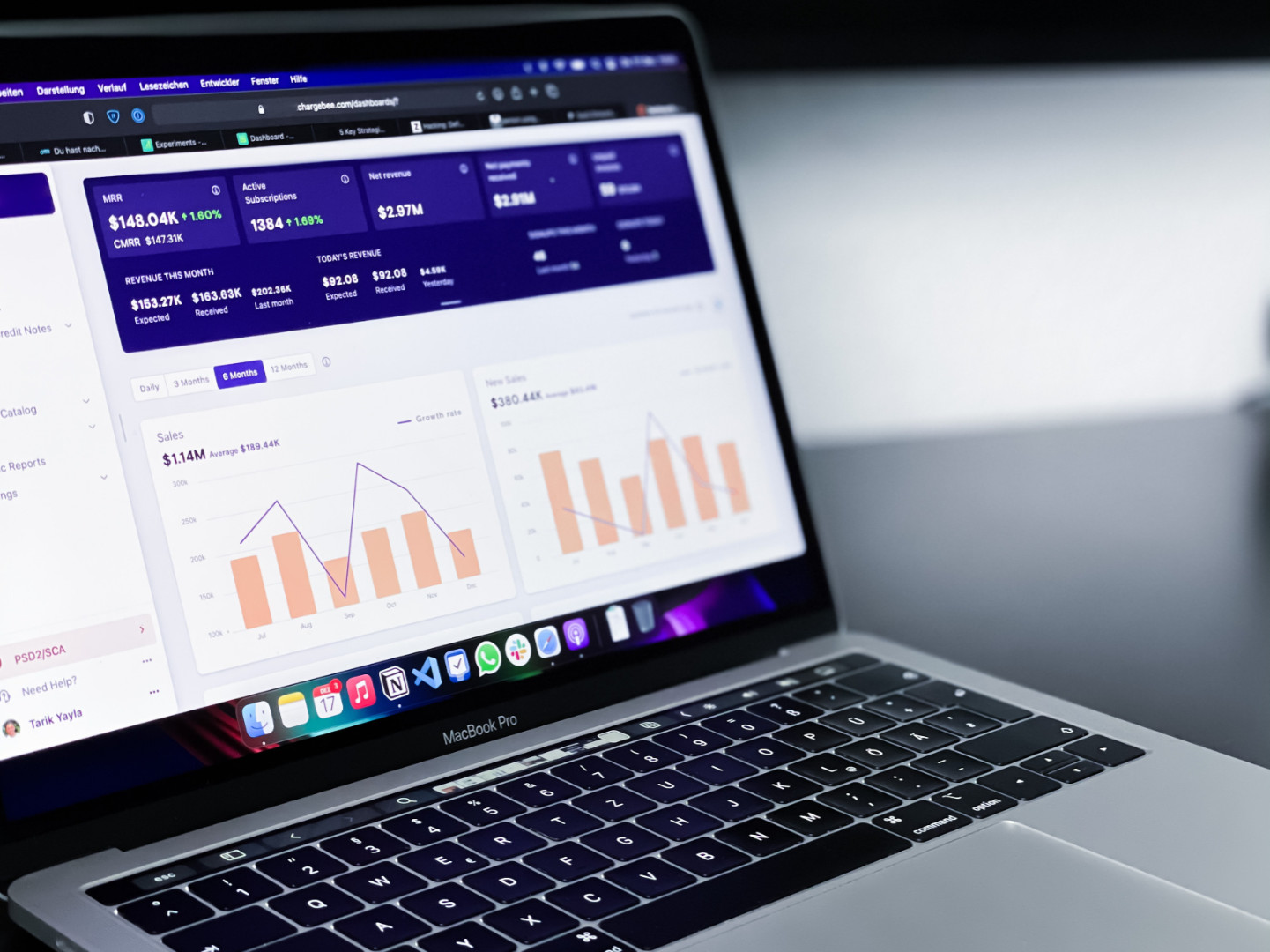Our Guide to Credit Card Purchase Protection

Credit cards are a convenient way to make purchases when shopping and offer many useful benefits. One of these benefits is something called credit card purchase protection. This protection helps against fraud or other related problems with purchases.
What is Credit Card Purchase Protection
Credit card purchase protection, under Section 75 of the Consumer Credit Act, is a policy that provides coverage for purchases made between £100 and £30,000. It ensures that consumers are protected in case of faulty or damaged items, items not as described, being charged for undelivered items, the seller going out of business before delivery, deposits for items or holidays, and damage caused by faulty items or services.
Covers purchases between £100 – £30,000
The purchase protection policy covers purchases made between £100 and £30,000, providing assurance that your transactions are protected.
Any credit card is covered
The protection is valid when using any credit card for a purchase. It is important to note that this protection applies to both online and in-person transactions.
When you make a purchase with your credit card, you can have peace of mind knowing that if there is any issue with the transaction, such as the item being damaged or not as described, you have the right to dispute the charge and potentially receive a refund.
This protection is provided by the credit card company and is designed to ensure that consumers are protected from fraudulent or unfair transactions.
Not covered for debit cards
Purchase protection is not offered for debit cards, only credit cards. It is important to note that debit cards, while convenient for everyday transactions, do not provide the same level of protection as credit cards.
With credit cards, consumers have the added benefit of purchase protection, which safeguards their purchases against fraud, theft, or damage. It is crucial to understand that this protection is not extended to debit card transactions.
However, debit cards do offer something called chargebacks which allows you to reverse a transaction made with a debit card. It is important to note that chargebacks are not backed by law the same way that purchase protection is, but most banks do adhere to it.
What is Covered?
- Purchase of faulty / damaged item: Credit card purchase protection covers you in case you receive a faulty or damaged item. If the item you purchased does not work properly or arrives in a damaged condition, you can file a claim with your credit card company to seek reimbursement or a replacement.
- Delivered item is not as described: If the item you receive is significantly different from what was described by the seller, credit card purchase protection can help. For example, if you ordered a red shirt but received a blue one, you can contact your credit card company to dispute the charge and potentially receive a refund.
- Charged for an item that has not been delivered: In cases where you have been charged for an item that was never delivered to you, credit card purchase protection can provide coverage. If you have proof of purchase but have not received the item, you can file a claim with your credit card company to seek a refund.
- Seller goes out of business before item has been delivered: If the seller goes out of business before delivering the item you purchased, credit card purchase protection can offer assistance. In such cases, you may be eligible for a refund or reimbursement from your credit card company.
- Deposits for items or holidays: Credit card purchase protection also covers deposits made for items or holidays. If you have paid a deposit for a product or a vacation package and the seller fails to deliver, you can contact your credit card company to seek a refund of the deposit amount.
- Damage caused by faulty item or service: If you experience damage as a result of a faulty item or service, credit card purchase protection can provide coverage. For example, if a faulty electronic device causes damage to other belongings, you can file a claim with your credit card company to seek compensation for the damages.
What isn’t Covered?
- Purchase less than £100 or above £30,000: Credit card purchase protection does not cover purchases that are below £100 or above £30,000. It is important to keep this in mind when considering the coverage for your transactions.
- Third-party used for purchase (May offer own payment protection): If a third-party was used for the purchase, credit card purchase protection may not apply. In some cases, the third-party may offer its own payment protection, so it is worth checking with them to understand the coverage available.
- Single item must be valued above £100, even if multiple items exceed £100: For credit card purchase protection to apply, a single item must have a value of £100 or more, even if the total value of multiple items exceeds £100. Each individual item must meet the minimum value requirement.
- Withdrawn cash from ATM: Credit card purchase protection does not cover cash withdrawals made from an ATM using the credit card. It is important to use the credit card for eligible purchases to benefit from the protection.
- Not the main cardholder: If you are not the main cardholder, credit card purchase protection may not apply. The protection is typically associated with the primary cardholder of the credit card account.
- Certain purchases such as buying land: Credit card purchase protection may not cover certain purchases such as buying land. It is important to review the terms and conditions of the specific credit card and the coverage it provides to understand any limitations or exclusions.
How to make a claim
Contact the company you purchased from
To ensure a smooth process, it is important to establish contact with the company from which the purchase was made. This will allow for effective communication and the resolution of any potential issues that may arise.
It is recommended to reach out to the company via email, phone, or any other preferred method of contact. Building a strong relationship with the company will not only facilitate future transactions but also provide a sense of security and trust in the business partnership.
Contact your credit card company
To make a credit card purchase protection claim, contact your credit card company promptly. Use the contact information on the back of your card or your monthly statement. Provide details of the purchase, including the date, amount, and description of the transaction. Explain the issue with the purchase, such as receiving a faulty item or an item not as described. Support your claim with receipts, photos, or communication records with the seller.
Stay patient and persistent throughout the process, following your credit card company’s guidance and providing any necessary documentation. Regularly communicate with them to ensure progress and address any additional information needed. Acting quickly and providing the required information increases your chances of a successful claim.
In Summary
Credit card purchase protection provides coverage for purchases between £100 and £30,000, protecting consumers against faulty or damaged items, items not as described, undelivered items, seller bankruptcy, deposits, and damage caused by faulty items or services.
This protection is available for all credit cards and applies to both online and in-person transactions. Debit cards do not offer the same level of protection, although chargebacks can be used to reverse transactions. Coverage includes reimbursement or replacement for faulty or damaged items, refunds for undelivered items or items not as described, and compensation for damage caused by faulty items or services.
There are limitations, such as purchase value, third-party purchases, cash withdrawals, and not being the main cardholder. To make a claim, contact the company from which the purchase was made and then contact the credit card company with details and supporting documentation.







